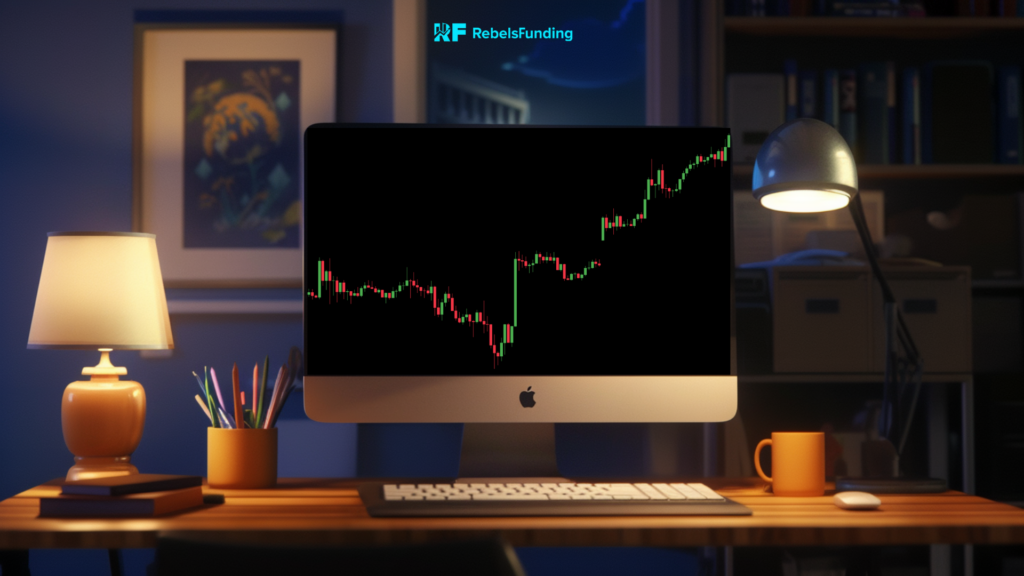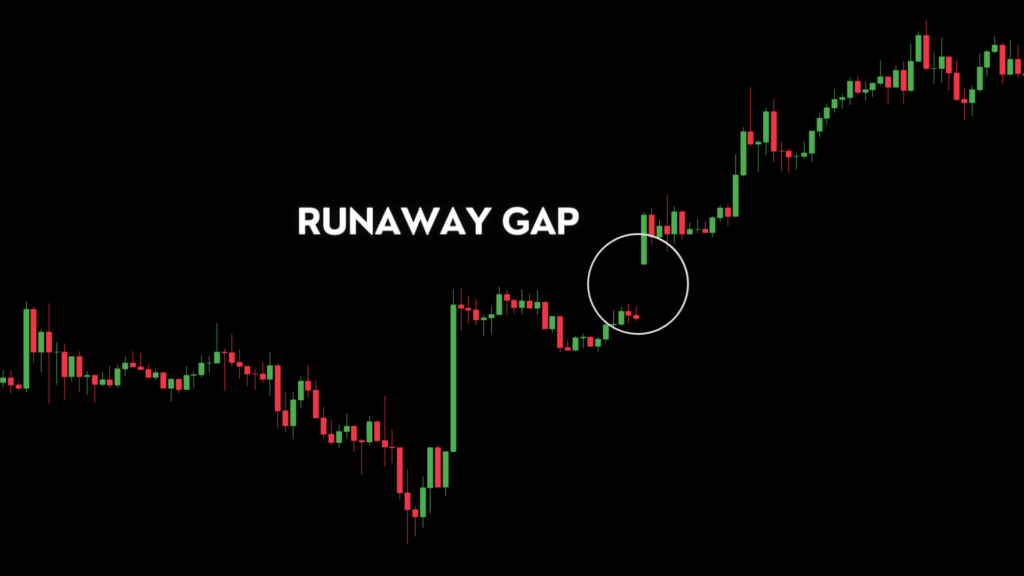How to Trade Gaps in Forex

A gap is an area on a price chart where there is no trading activity at a certain price level (leaving a blank space between the previous close of one period or candle and the new opening price of the next).
It is a discontinuity in price movement.
Let’s look at why gaps occur, types and how to take advantage of it for profit:
Why do gaps occur?
1. Market closure & resumption: In forex, gaps often manifest during weekends when the market closes and when trading resumes (especially if a major news is announced in this period).
2. Important or unexpected news release: Also (during active trading days), the market will experience a gap if the expected value of an instrument suddenly changes due to a breaking news.
Here, the news causes a shift in how much people are willing to pay for an asset resulting in an imbalance in forex supply and demand and even slippage (negative or positive).
Speaking of positive impact, let’s talk about how gaps can enhance your trading and help you become more profitable:
How can you benefit from gaps?
1. Gaps can reflect shifts in price sentiment: The direction and size of a gap can reflect the overall market sentiment towards a particular instrument.
A large gap up may suggest a strong buying pressure and bullish sentiment, and a gap down may signal fear and selling pressure.
2. They can indicate potential trend changes: If you analyze the type of gap and its context, you may get clues about possible future price movements. Breakaway gaps for example, may signal to you the beginning of a new trend, and exhaustion gaps may hint at a trend reversal.
3. It can help you find support and resistance levels: Gaps can act as future support or resistance levels. If the price gaps down and then recovers, the area where the gap was may become “support” in the future. Also, a gap up that isn’t filled quickly could turn into resistance later.
4. You can use it to develop a profitable trading strategy: Based on its type or size, you can incorporate gaps into your technical analysis to identify potential entry and exit points for your trades.
Types of gaps
1. Liquidity (news) gap: This is the most common type of gap in today’s market. It is the sudden and complete lack of liquidity in the market that causes abrupt and dramatic price swings.
It is characterized by a complete absence of trading activity resulting from news announcements or fundamental events.
This type of gap is often not visible on standard charts, but can be measured on tick charts.
(Some traders may consider news gaps as slippage, but these gaps are essentially illiquid movements following news announcements)
2. Weekend gaps: This price gap takes place over the weekend as a result of market-moving events, news or pending orders executed after the market re-opens.
It leads to a difference in price between the close on Friday and the open on Monday, creating a gap on the chart.

3. Common gaps: This type of gap occurs within a trading range and may be considered less significant (it is a less reliable trading indicator compared to other gaps).
They do not indicate a major change in traders’ opinion on price direction. They can result from minor news announcements, price fluctuations, and may fill quickly.

4. Breakaway gaps: These gaps are typically seen as significant and most profitable because they usually signal a potential start of a new trend.
They occur after a period of consolidation or range-bound trading, and may indicate a strong shift in market sentiment.
If a breakaway gap is accompanied by higher trading volume, this can be a sign that a trend is emerging.
When this gap appears above the previous session in an uptrend, it usually indicates a surge in buying interest and suggests further upward movement.
And if you find the gap below the previous trend in a downtrend, this should signal an increased selling pressure (and the potential for further downward movement).

5. Continuation or runaway gaps: It normally shows an acceleration of an already bullish or bearish pattern in the same direction.
This can be caused by a news event that confirms the sentiment and pushes the trend forward.
For a bullish runaway gap, you may follow the trend and place a stop just below the gap, and just above for a bearish runaway gap.

6. Exhaustion gaps: They sometimes emerge at the end of a trend, pointing to a potential reversal.
These gaps may indicate that the prevailing trend is losing momentum, and that market mood is changing.
It is a sign to set a position that capitalizes on a potential reversal.
To successfully trade gaps, you must first understand the type, it’s size and the possible trigger or context.
Use them with other technical indicators and fundamental analysis for effectiveness. (And don’t forget to set your stop loss orders).



